Partial Knee Resurfacing (PKR) has become increasingly popular with patients and surgeons as an alternative to traditional total knee surgery. Although not a new concept, it has rapidly become the procedure of choice for many people with knee arthritis.
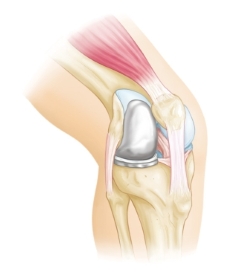
Partial Knee Resurfacing
Partial Knee Resurfacing has numerous advantages over Total Knee Resurfacing: Shorter procedure, less painful, frequently done as an out-patient, quicker recovery, lower risk of complications, faster return to activity, etc. Read more
Total Knee Resurfacing (TKR) has become one of the most commonly performed procedures in Orthopedics worldwide.
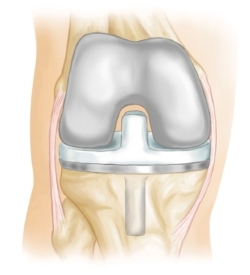
Total Knee Resurfacing
Early implants had a limited longevity, but thankfully, modern materials and techniques have improved greatly today! For most patients, the devices used today should last 30 years. Read more
Total Hip Resurfacing (THR) is considered the most successful operation in Orthopedic Surgery. The procedure has steadily evolved over the years, with improved longevity and decreased risk.
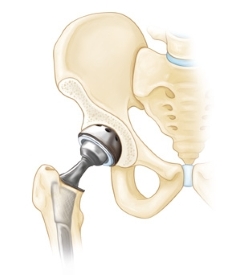
Hip Resurfacing
Modern day implant materials are expected to last 30 – 40 years, so for many patients the hip implant will last their lifetime. Read more
Shoulder Joint Resurfacing gives individuals with early to mid-stage arthritis relief from pain.
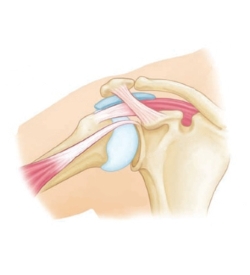
Shoulder Resurfacing
Advances in shoulder joint resurfacing now make it possible for Dr. Hayter to resurface both the ball and socket of the shoulder joint.
Read more
Arthroscopy is a surgical technique that can diagnose and treat problems in the knee and shoulder joints. Arthroscopy is best explained by looking at the etymology of the word. Arthroscopy comes from two Greek words -- arthro (joint) and skopein (to look).
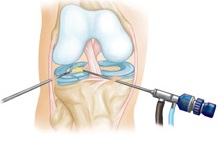
Knee Arthroscopy
Arthroscopy literally means to look within a joint. The procedure is quite common, but also quite amazing. There are limited risks and the outlook is good for most patients. Your recovery time and prognosis will depend on the severity of the knee or shoulder problem and the complexity of the required procedure. Read more
Subchondroplasty is a very effective treatment for individuals who suffer chronic knee pain as a result of bone marrow edema (BME) surrounding mi-microscopic insufficiency fractures within the upper layer of bone.
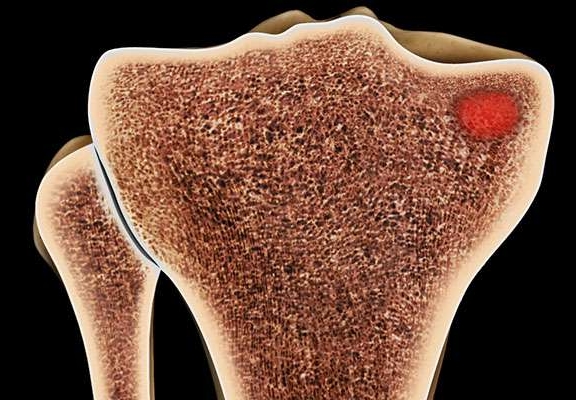
Subchondroplasty
Through physical examination and MRI imaging, Dr. Hayter can determine your eligibility for a Subchondroplasty. Read more
Knee problems can interfere with many of your daily activities such as participating in sports or simply getting up from a chair or walking. Stem Cell Therapy may be a viable option for you verus traditional Orthopedic Surgery.
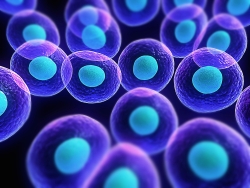
Stem Cell Therapy
The human body is made of billions of specialized cells that form specific organs like the brain, skin, muscles, tendons, ligaments, joints and bone. These cells regenerate daily from stem cells, however if you have an injury the degenerative process exceeds the bodies normal regenerative ability. Read more
If your meniscus is severely damaged or has been removed, it is likely that the articular cartilage protecting your knee will begin to wear. As this cartilage wears away, it becomes frayed and rough. Moving the bones along this exposed surface is painful. This condition is osteoarthritis.

Meniscus Allograft
The goal of the Meniscus Allograft is to replace the meniscus cushion before the articular cartilage is damaged. The donor cartilage supports and stabilizes the knee joint. This relieves knee pain. Read more
